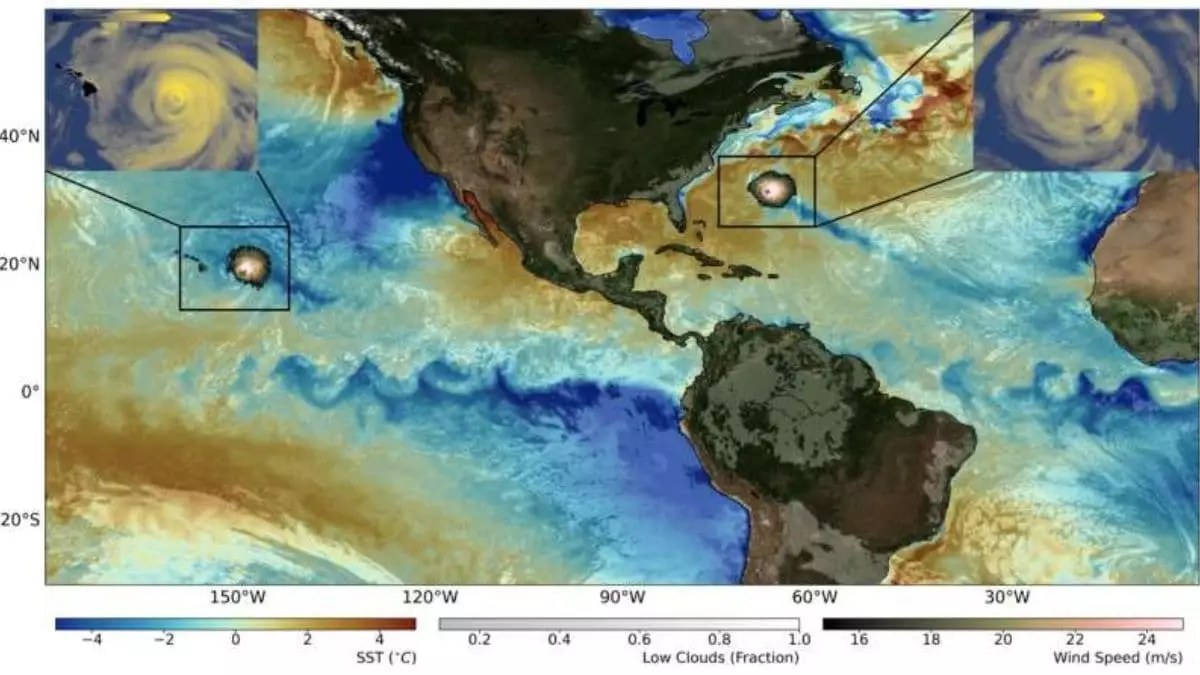Despite the optimistic veneer often presented by mainstream climate discourse, recent groundbreaking research unveils a much more alarming trajectory if current warming trends persist. The new high-resolution climate models, developed through cutting-edge simulations on supercomputers, paint a vivid picture of region-specific catastrophe waiting to unfold. These models go far beyond the broad strokes of global averages, exposing the brutal reality that certain areas—particularly mountainous regions and icy Arctic zones—will experience temperature rises far exceeding global mean estimates. This revelation challenges the complacency often associated with existing climate strategies and demands a sober reassessment of our priorities.
The Hidden Depths of Regional Warming and Its Brutal Consequences
What is most unsettling about this research is its focus on the uneven nature of warming. Mountain ranges such as the Himalayas and Andes could warm by nearly 60% faster than the global average, threatening the fragile ecosystems and water sources dependent on mountain glaciers. In the Arctic, where the hole in the ozone layer is already exposing vulnerable communities, temperatures could climb by approximately 2°C even if the global average only reaches 1°C. These disparities are not mere statistical anomalies; they signify a future where remote communities—once thought insulated—face intensified storms, unpredictable weather patterns, and existential threats. As glaciers melt and snowpack diminishes, their livelihood and sustainability are compromised, yet global narratives tend to gloss over these localized crises.
Amplified Weather Phenomena: The Ticking Climate Time Bomb
Adding fuel to the fire are forecasts of increasingly volatile weather phenomena—El Niño, La Niña, and the Madden-Julian Oscillation (MJO), which will intensify both in frequency and impact. Such changes herald more days of torrential rain and destructive storms, heightening the risk of floods and landslides in densely populated or environmentally sensitive zones. These fluctuations are not just inconveniences; they are disasters in waiting, threatening to overwhelm local infrastructure and disaster response capabilities. Instead of fostering resilient communities, society remains on a perilous brink, largely unprepared for these amplified climatic shocks.
The False Comfort of Technological Tools and Policy Gaps
While developers have introduced sophisticated mapping tools that overlay climate projections onto platforms like Google Earth—a commendable advancement—it ultimately reveals the stark disconnect between technological progress and meaningful policy action. These detailed models expose the ticking clock but are often met with bureaucratic inertia, political dithering, or outright indifference. Policymakers may enjoy intricate data, yet they are frequently paralyzed by short-term economic interests and ideological stances. This disconnect underscores a tragic compounding of risk: the more precise our understanding, the more glaring our failure to act decisively and ethically.
A Call for Courageous Realism
In my judgment, these findings should serve not just as warning signs but as clarion calls for urgent, transformative change. The looming intensification of regional climates demands a reevaluation of development priorities, focusing on adaptive infrastructure, environmental justice, and resilient community planning. We cannot afford complacency masked behind technological marvels or politicized narratives; instead, we must embrace a stark, honest reckoning with our collective responsibility. The future is not predetermined; it is malleable—by our choices, or their absence—that the world will face the mounting storm of climate chaos.


Leave a Reply